Recently the kids have been more and more interested in playing tactical miniatures games, and I’ve been on the lookout for various skirmish-based ones that scratch that itch. Largely because I don’t really want to get into something like Warhammer, having played it when I was younger and it just not being my bag.
About a week ago, I spotted that Halo: Flashpoint, the skirmish miniatures game based around the popular Xbox video game franchise, was available on the Sports Direct website of all places – £50 for the Spartan Edition and just £30 for the base version, both reduced from £100 and £60 respectively. Against potentially my better judgement, I decided to dive in… and to be honest, I’m actually really glad I did.
Please note that while I am playing here with my 7-year-old, my kids have been brought up in a household playing hundreds and hundreds of games, and Toby is probably not the best example of an average 7-year-old. (hence why i hate the “what game shall i buy for an X-year-old question).
Firstly, let me say that if you are someone who hasn’t really played any games like this before and you’re just getting started on your board game journey with your young kids, this probably isn’t going to be your thing. Halo: Flashpoint is relatively complex – although not as complex as some of the other games we’ve played on Little Board Gamers – but this definitely isn’t a gateway game.
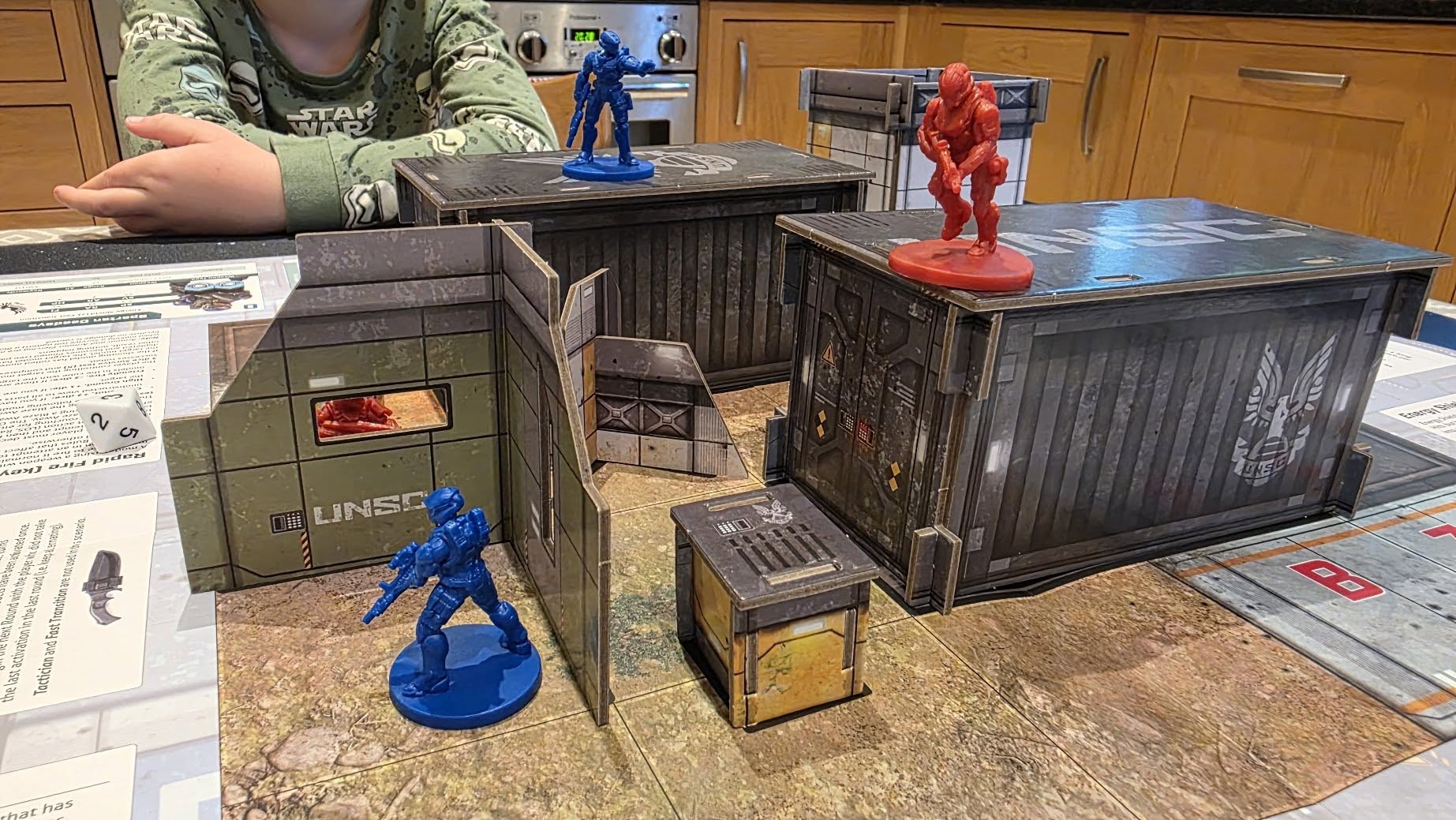
That said, the main person, as I said, who wanted to play this was Toby, my seven-year-old, and we played three games of it today. He absolutely got all of it.
The game itself is essentially a reimplementation of the rules of Deadzone, a decent yet fairly niche two-player skirmish game, but to be honest I think this is a perfect starting point for using the Halo licence.
Now, the rules overall are quite complex, but I’m going to go over them in relatively simple terms.
The game is designed for two players – one team plays as red, and the other as blue – and you’re in a gridded arena trying to complete a number of objectives. This could be defeating the other team, playing capture the flag, locating an area on the map, or collecting tokens and depositing them back at your base. These game types actually do a surprisingly decent job of recreating the feel of playing the Halo video game, and I was quite surprised that this extremely fast-paced skirmish game is probably the closest to playing a video game shooter I’ve ever felt in a board game, especially in this genre.
You start the game by positioning all your characters, and each one has different stats, weapons, and abilities. These cover things like how far they can move, how effective they are at ranged combat, how likely they are to resist attacks, their armour, and their all-important health.
At the start of each round, both players roll command dice, which are used to support their team during their turn. These can give you extra activations, extra dice, extra movement, or the ability to take a free shot or attack. These are particularly powerful and can sometimes be the difference between winning and losing. They definitely add a small dose of luck and chaos.
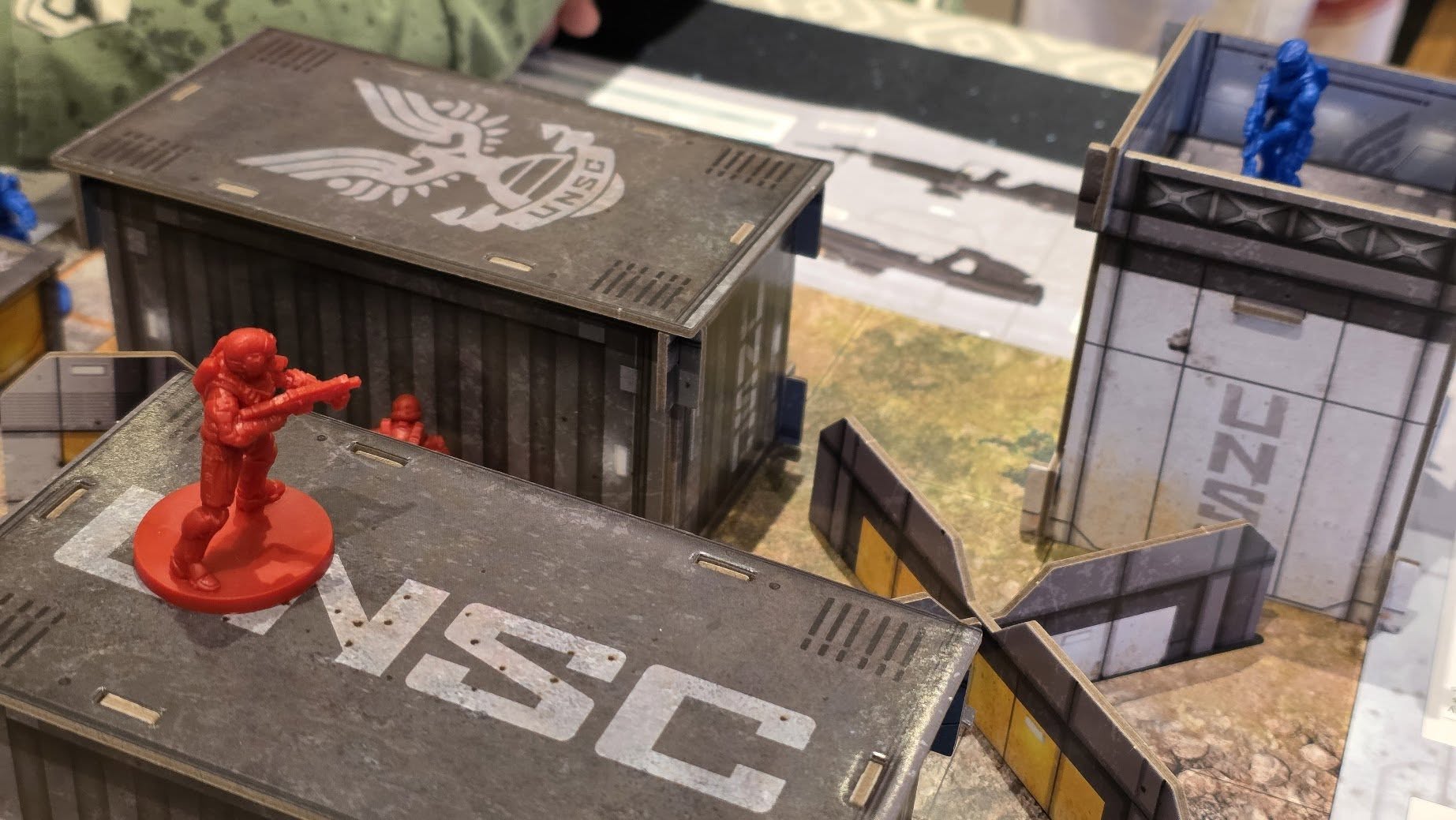
When your turn starts properly, you can do a number of actions. You can do a short move or a long move (used to move along the grid), you can shoot or do a melee attack if you are close enough, you can crouch to put yourself in a better tactical position, or you can take an auxiliary action, which is needed when picking up objects or interacting with something.
Combat is generally resolved – both ranged and melee – by players rolling sets of dice, with the number depending on the weapon you are using, any special abilities, or whether you got a good command roll at the beginning of the round. Any hits first damage the opposing character’s energy shields, and once those are gone, they start losing health.
One of the things I really like is the hybrid movement system. It has its roots in board games, but also takes inspiration from free movement miniature games. This means when you move your character, you move it from grid square to grid square (including diagonally), but you can place your miniature anywhere within that square, allowing you to hide behind objects and take advantage of the game’s excellent line of sight system.
Line of sight is handled using a proper true line of sight system, where you’re encouraged to physically get down and see from the miniature’s viewpoint to check whether another model can be seen, excluding anything above face height. It’s a really immersive system and actually adds to the fun, especially when you’re crawling around trying to work out if your character is hidden or not.
There are other mechanics too, such as being pinned, falling, being thrown into walls, and so on – each with its own effects.
What’s really nice is that the game comes with a really good starter mission, where you only control two characters each and play on a smaller map. It’s a great way to jump straight in and learn the basics without being overwhelmed. Once we played our second and third games, we ramped up the complexity and added in more elements. I always like it when games ease you in gently like this.
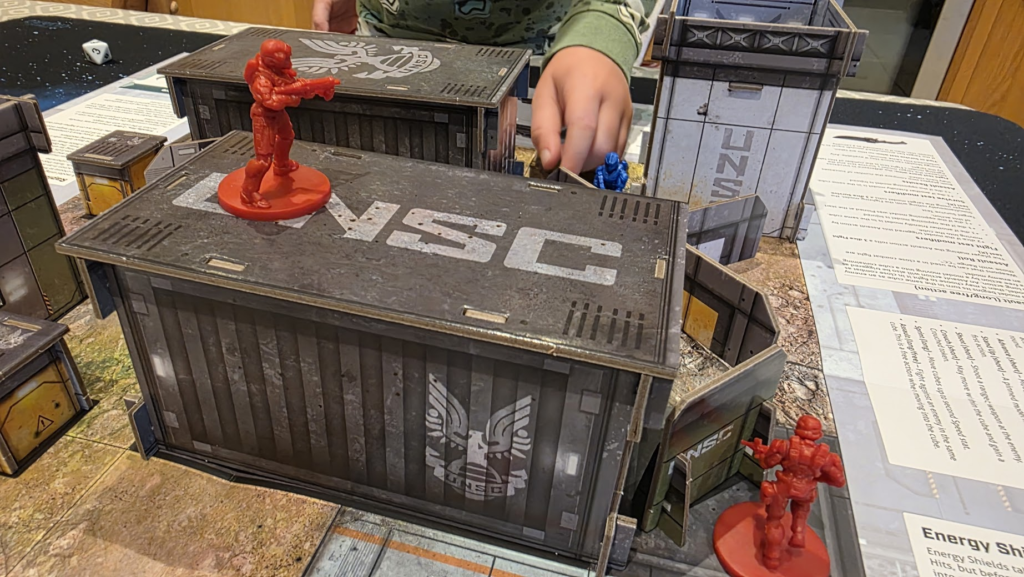
All that said, I actually think Halo: Flashpoint is quite approachable. As far as these kinds of wargames go, it is very understandable. About 15 minutes was all we needed to get going. Sure, there were a few things we had to check or keep an eye on, but the game comes with a really good reference sheet, and the main board even has reminders printed on it to help you reduce how often you need to look at the rulebook.
Now seems like a good time to talk about what you get in the box. Quite often, games like this give you a fairly barebones experience and expect you to buy lots of extras. While there are expansions for Halo: Flashpoint – including one coming later this month – what you get in the box (especially with the Spartan Edition) is genuinely impressive. You get enough to play with two full eight-person teams, plus a really nice modular set of terrain that can be built and rebuilt for battles. Everything you see in the photos comes in the base game and more. Even if I had paid full price, the value for money here is surprisingly good, especially compared to other games in the genre. All of the scenery is double-sided too, so you can choose which visual design you prefer.
Honestly, I’m struggling to find much negative to say. For a licensed video game tie-in, it’s really solid. Sure, if you pay full price, it’s not cheap, but what you’re getting is actually good value and gives you enough to play many different missions and scenarios. I do think the Spartan Edition is worth the extra money over the Recon version – you get quite a bit more for a relatively small price difference.
If your older kids are fans of the Halo franchise and have shown any interest in tactical miniatures wargames, this is a really good starting point. It’s not the most complex game out there, but it builds up nicely, has relatively simple foundations, and the box gives you everything you need to create some really fast-paced and exciting battles.
If you’re looking for a game that might tempt your video game–loving child into the world of tabletop, this could be a great choice. At the time of writing, it’s still only £50 for the Spartan Edition and £30 for the Recon Edition at Sports Direct, and I’d definitely recommend spending the extra if you can.

*Only with older kids

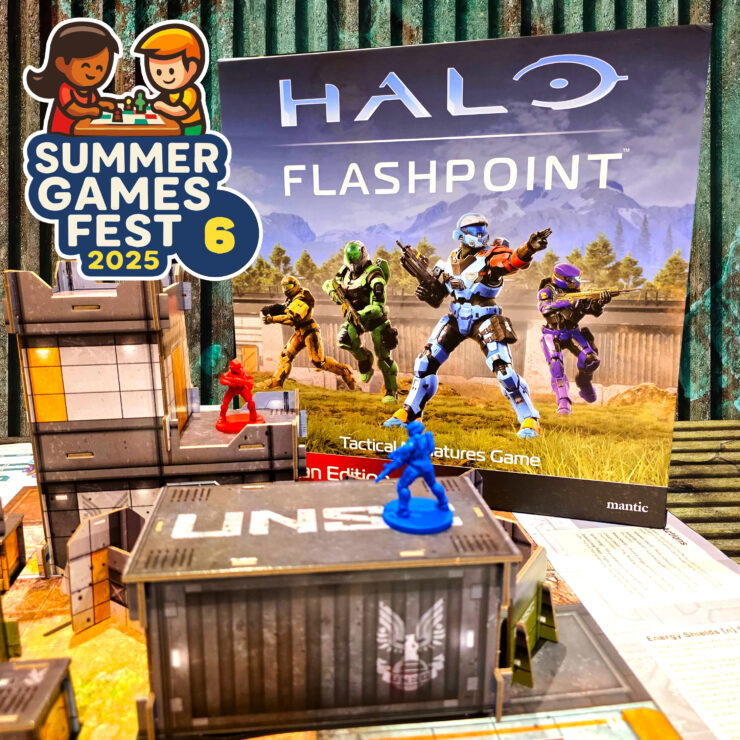
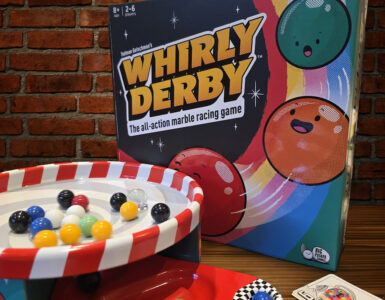

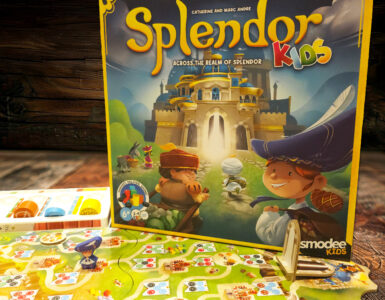









Add comment